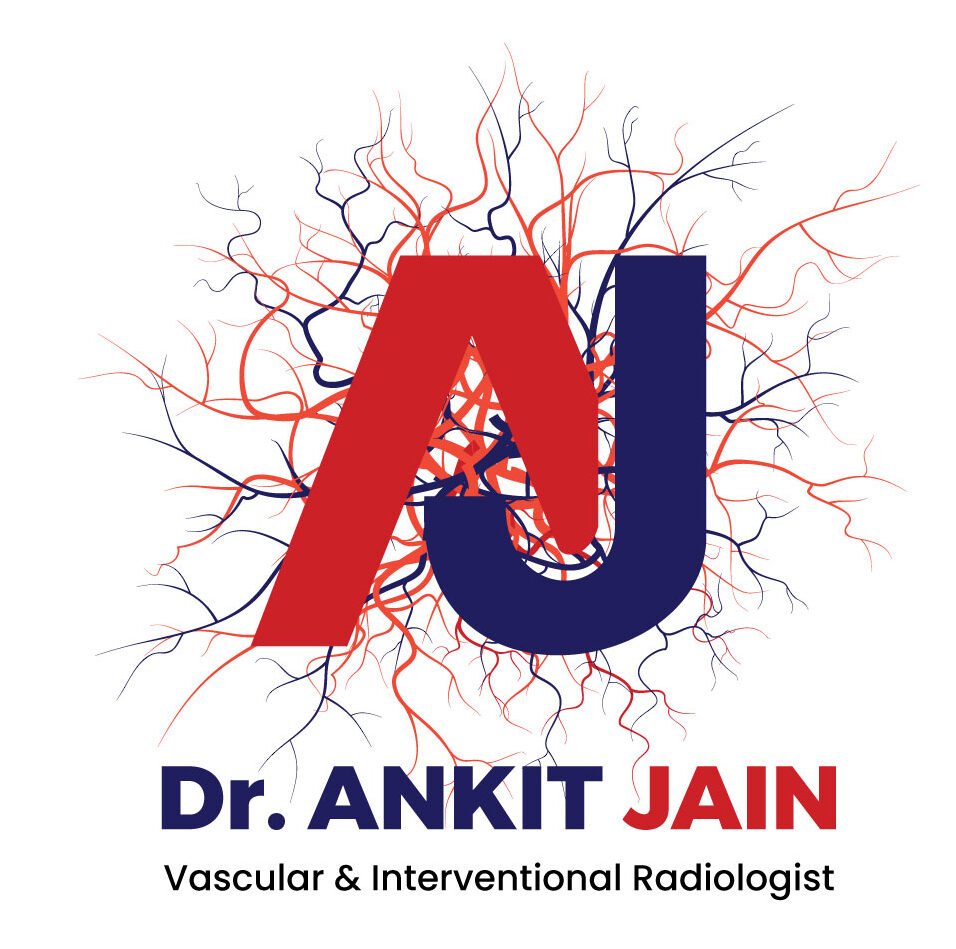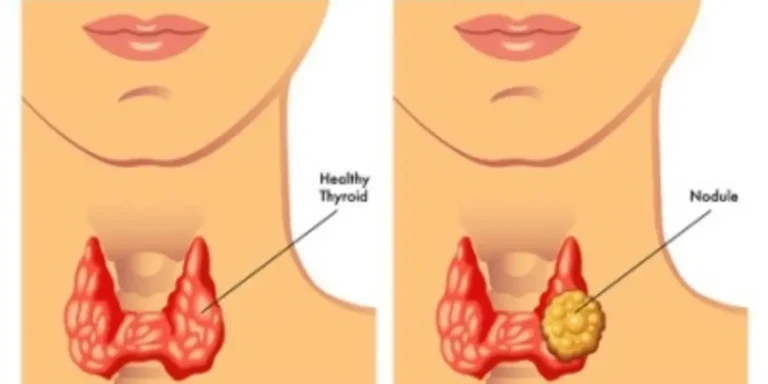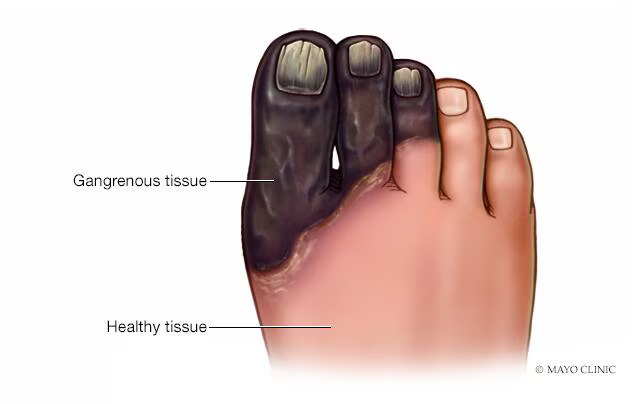Emerging Therapeutic Modalities For Thyroid Nodule Treatment
Thyroid nodules are a common thyroid disorder affecting millions of individuals worldwide. While many thyroid nodules are benign, some may cause symptoms or require treatment due to their size, location, or malignant potential. Traditional treatment options for thyroid nodules include observation, thyroid hormone therapy, radioiodine therapy, and surgical removal. However, emerging therapeutic modalities are revolutionizing the management of thyroid nodules, offering less invasive and more targeted approaches to treatment. This article explores the latest advancements in therapeutic modalities for thyroid nodule treatment, their mechanisms of action, clinical applications, and potential impact on patient outcomes.
Radiofrequency Ablation (RFA)
Radiofrequency ablation (RFA) is a minimally invasive procedure that uses thermal energy to destroy thyroid nodules. During RFA, a thin needle electrode is inserted into the nodule under ultrasound guidance, and radiofrequency energy is delivered to generate heat, causing coagulative necrosis and shrinkage of the nodule. RFA has been shown to be safe and effective in reducing nodule size, relieving compressive symptoms, and improving cosmetic appearance in patients with benign thyroid nodules. Furthermore, RFA can be performed as an outpatient procedure with minimal discomfort and a short recovery period, making it an attractive alternative to surgery for selected patients.
Ethanol Ablation (EA)
Ethanol ablation (EA) involves the injection of ethanol (alcohol) directly into thyroid nodules to induce necrosis and shrinkage. Ethanol disrupts cell membranes and causes protein denaturation, leading to cellular destruction and fibrosis within the nodule. EA is particularly well-suited for cystic or predominantly cystic thyroid nodules, as the alcohol can be aspirated after injection to collapse the cyst cavity and reduce nodule volume. Studies have demonstrated the efficacy of EA in reducing nodule size, relieving symptoms, and improving cosmetic outcomes, with minimal risk of complications. EA is typically performed under ultrasound guidance as an outpatient procedure, offering a less invasive alternative to surgery for selected patients.
Laser Ablation (LA)
Laser ablation (LA) utilizes laser energy to heat and destroy thyroid nodules through photothermal ablation. During LA, a laser fiber is inserted into the nodule under ultrasound guidance and laser energy is delivered to generate heat, causing coagulative necrosis and reduction in nodule size. LA has been shown to be effective in reducing nodule volume, improving compressive symptoms, and preserving thyroid function in patients with benign thyroid nodules. Additionally, LA can be performed as an outpatient procedure with minimal discomfort and a short recovery period, offering a less invasive treatment option compared to surgery for selected patients.
Focused Ultrasound Therapy (FUS)
Focused ultrasound therapy (FUS), also known as high-intensity focused ultrasound (HIFU), uses focused ultrasound waves to ablate thyroid nodules noninvasively. During FUS, ultrasound waves are focused on the target nodule to generate heat and induce coagulative necrosis, leading to a reduction in nodule size. FUS is performed without the need for incisions or anesthesia and can be precisely controlled using real-time imaging guidance. Clinical studies have demonstrated the safety and efficacy of FUS in reducing nodule volume, improving symptoms, and preserving thyroid function in patients with benign thyroid nodules. FUS is typically performed as an outpatient procedure with minimal discomfort and a short recovery period, offering a promising alternative to surgery for selected patients.
Conclusion
Emerging therapeutic modalities for thyroid nodule treatment, including radiofrequency ablation, ethanol ablation, laser ablation, and focused ultrasound therapy, represent innovative approaches to address the growing burden of thyroid nodules while minimizing the need for surgery and its associated risks. These less invasive and more targeted treatments offer the potential to improve patient outcomes, reduce healthcare costs, and enhance the quality of life for individuals with thyroid nodules. As research in this field continues to evolve, it is expected that these emerging modalities will play an increasingly important role in the management of thyroid nodules, paving the way for personalized and effective treatment approaches tailored to individual patient needs.







